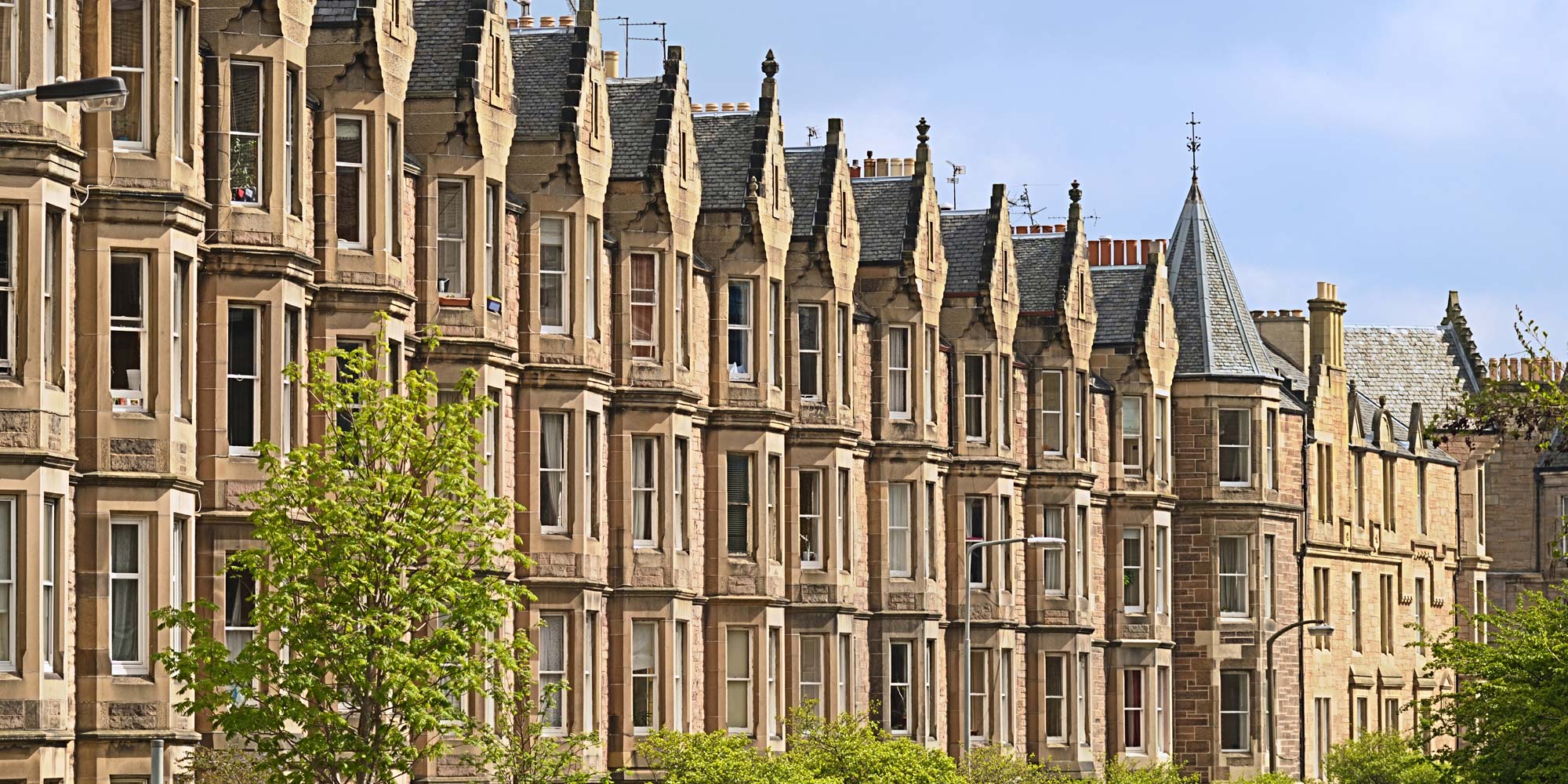Consumer borrowing and spending, which drove the UK economy in 2016, is slowing down. Both households and businesses are borrowing less, signaling an impending economic slowdown.
Borrowing "has been softening somewhat at the beginning of this year, which we believe is the first sign of the gradual slowing of the economy that we expect for 2017," said Standard & Poor's Global Ratings Senior Economist Boris Glass in a note to clients on Wednesday, Yahoo Finance reported.
This is despite the Bank of England's 0.25% cut in interest rates to record lows following the June Brexit vote, aimed at buoying the economy in the midst of political uncertainty.
Consumer credit has seen year-on-year growth exceeding 10% since May 2016, but S&P pointed to recent monthly flows which showed this trend to be slowing down.
In December and January, seasonally adjusted unsecured lending to households was at £1 billion ($1.22 billion) and £1.4 billion, "significantly lower than the £1.6 billion average in the 11 months to November 2016," said S&P.
Retail Sales Fall
Retail sales data for January showed the first decline since 2013. "In our view, this is a sign that the consumer spending spree that almost entirely drove GDP growth in 2016 is likely to have started cooling," S&P said.
UK retail sales also softened in February as consumers adopted a more cautious approach, with non-food sales bearing the brunt of the reduction in spending. Total retail sales rose by 0.4% year-on-year in February, down from a 1.1% rise in the same month one year ago and below the three-month average of 0.8% and the 12-month average increase of 0.9%, the British Retail Consortium reported Tuesday.
On a like-for-like basis, retail sales slipped 0.4% during the same month, down from a 0.1% rise in the preceding year.
In terms of quarterly rates of change, like-for-like food sales advanced 0.6% and 2% on a total basis, taking the annualized rate for total average spend to 1.2%—the highest since May 2014.
Household Budgets
Low interest rates "will not be able to completely offset the expected adverse impact of pronounced Brexit-related uncertainty and the inflation squeeze on household budgets in particular," S&P said.
Homeowners borrowed more in January than in almost any month since the financial crisis, taking advantage of record low mortgage interest rates. At the same time house price growth accelerated once more in February, defying expectations of a slowdown.
Prices rose by 0.6% in the month with the average property last month costing £205,846 ($250,370) according to Nationwide, up 4.5% compared with February of 2016.
It followed a surge in lending in January. A total of £21.8 billion of mortgages were taken out during the month, up from £20.4 billion in December and from £20.8 billion in January 2016, according to the Bank of England.
The average new mortgage loan in January came with an interest rate of just 2.05%, down from 2.49% a year ago and compared to 5.34% a decade ago.
Pound at 7-Week Low
Sterling dropped 0.3% against the American currency to an exchange rate of $1.217, as experts forecast it could reach as low as $1.18—a level not seen since last year's flash crash.
Sterling has also been knocked by reports that the first minister of Scotland, Nicola Sturgeon, is set to demand a second Scottish independence referendum.
Disappointing economic indicators have also weighed on the pound after service sector output dropped to a five-month low.
For GBP/USD a break below 1.2180-90–a weekly support level that has not yet been tested on a weekly basis–would be a negative development for GBP/USD and could trigger a fall towards 1.20.
If the pound breaks below 1.20 against the dollar, it's feared it could open the way to 1.184–the level reached during last year’s flash crash.


